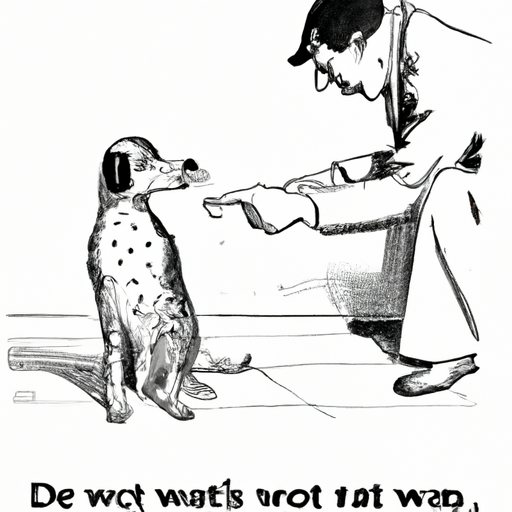1. Introduction
Hello there, dear caregiver! If you’re reading this, it’s likely you’re concerned about a wart you’ve found on your beloved canine companion. Warts can be an alarming sight, but rest assured, they’re usually harmless. However, they may cause discomfort for your dog and you may want to remove them. This guide will carefully walk you through the process.
2. Understanding Canine Warts
Before proceeding with any form of remedy, it’s essential to understand what you’re dealing with. Canine warts, scientifically known as Canine Papilloma Virus (CPV), are small, cauliflower-like growths that typically occur on the lips, gums, mouth, and rarely, on the body. They are caused by a virus and are more common in puppies and older dogs with weak immune systems.
| Types of Warts | Symptoms | Causes |
|---|---|---|
| Cutaneous Papilloma (Skin wart) | Cauliflower-like growth on skin | Direct contact with the virus |
| Oral Papilloma (Mouth wart) | Difficulty eating, drooling | Sharing toys, direct contact with infected dogs |
3. When to Visit a Veterinarian
Although most warts are benign, you should always consult a veterinarian if you notice any abnormal growths on your dog. They can verify whether the growth is a wart or something more serious. If the wart is causing pain, is infected, or is growing rapidly, your vet may recommend removal.
4. Home Remedies for Wart Removal
A wart may disappear on its own, but some caregivers choose to speed up the process with home remedies. Here are a few you can consider:
- Vitamin E: Piercing a Vitamin E capsule and applying the oil directly to the wart can help.
- Banana Peel: The inside of a banana peel can also be rubbed on the wart daily.
- Apple Cider Vinegar: Soak a cotton ball in apple cider vinegar and apply it to the wart.
Remember, these remedies are typically used for warts on the body. Oral warts should always be evaluated by a vet.
5. Preventing Future Warts
Prevention is always better than cure. You can take steps to boost your dog’s immune system and prevent the recurrence of warts:
- Provide a balanced diet
- Ensure regular exercise
- Avoid contact with infected dogs
- Regular grooming and health check-ups
In short, a healthy dog is less likely to develop warts.
Frequently Asked Questions
Q1: Can warts be passed from dogs to humans or other pets?
No, canine warts are species-specific and cannot be transmitted to humans or other pets.
Q2: How long does it take for a wart to disappear?
It can take anywhere from a few weeks to several months for a wart to disappear on its own.
Q3: Can I use over-the-counter wart removal products for my dog?
No, most OTC wart removal products are not safe for dogs. Always consult with your vet for appropriate treatment options.
With this guide, you’re now equipped with the knowledge to tackle those pesky warts. Remember, when in doubt, always consult with a professional. Your furry friend is counting on you!



